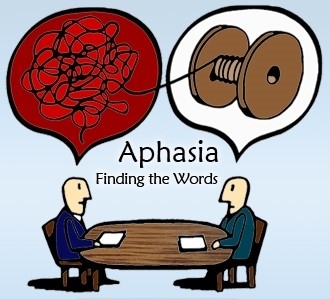- Home/
- CTET & State TET (Earlier - TEACHING)/
- CTET/
- Article
Learning Disabilities, Study Notes, Material – CTET (Paper 1 & 2 )
By BYJU'S Exam Prep
Updated on: September 25th, 2023

Learning Disabilities is an important topic to study for CTET exam preparation. The section includes the identification of children with learning disabilities and their qualities. It is important to get through with the best Learning Disabilities to prepare for the upcoming exam. In this article, we will read about Learning Disabilities in deep.
Learning disabilities is a vast topic and can only be covered with the best Learning Disabilities study material. The topic is included in both paper 1 and paper 2 CTET Exam. In this article, we will be covering the following topics according to the questions being asked in the CTET Paper:-
Types of Learning Disabilities
1. Aphasia
2. Dyslexia
3. Hyperlexia
4. Dyscalculia
5. Dysgraphia
Table of content
Learning Disabilities are sometimes also called Learning Disorders. Types of Learning Disabilities are given below.
1. Aphasia: Aphasia is an impairment of language, affecting the production or comprehension of speech and the ability to read or write.

2. Dyslexia: Difficulty in reading. These children might see reversing letters or write backwards. Some see Dyslexia as a visual issue.

3. Hyperlexia: Hyperlexia is a syndrome that is characterized by a child’s precocious ability to read (far above what would be expected at their age), significant difficulty in understanding and using verbal language (or a profound nonverbal learning disability), and significant problems during social interactions.
4. Dyscalculia: It is difficulty in learning or comprehending arithmetic, such as difficulty in understanding numbers, learning how to manipulate numbers, and learning facts in mathematics. It is generally seen as a specific developmental disorder.
5. Dysgraphia: Difficulty in writing is called Dysgraphia.
6. Dyspraxia: Dyspraxia can affect a child’s ability to do a wide range of everyday physical tasks which involve motor skills. These can include things like jumping, speaking clearly and gripping a pencil
7. Body dysmorphic disorder(BDD), occasionally still called dysmorphia phobia, is a mental disorder characterized by the obsessive idea that some aspect of one’s own appearance is severely flawed and warrants exceptional measures to hide or fix it
8. Attention deficit hyperactivity disorder (ADHD) is a mental disorder of the neurodevelopmental It is characterized by problems paying attention, excessive activity, or difficulty controlling behaviour which is not appropriate for a person’s age. The symptoms appear before a person is twelve years old, are present for more than six months, and cause problems in at least two settings (such as school, home, or recreational activities). In children, problems paying attention may result in poor school performance. Although it causes impairment, particularly in modern society, many children with ADHD have a good attention span for tasks they find interesting.
9. Autism is a complex neurobehavioral condition that includes impairments in social interaction and developmental language and communication skills combined with rigid, repetitive behaviours.
10. Cerebral Palsy is considered a neurological disorder caused by a non-progressive brain injury or malformation that occurs while the child’s brain is under development. Cerebral Palsy primarily affects body movement and muscle coordination. Cerebral Palsy affects body movement, muscle control, muscle coordination, muscle tone, reflex, posture, and balance. It can also impact fine motor skills, gross motor skills, and oral motor functioning
Give CDP Quizzes: Attempt Here
Past Year solved questions to check the understanding of the concept:
Check the questions asked on this topic in previous exams. Candidates can also refer to CTET Previous Year’s Question Papers to get an idea of frequently asked questions on learning disabilities:
1. Dyslexia is associated mainly with difficulties in
- Hearing
- Reading
- Speaking
- Speaking and hearing
Ans. 2
Explanation: We have read that Dyslexia is difficulty in reading. These children might see reversing letters or write backwards.
2. Learning Disability in motor skills is called
- Dyspraxia
- Dyscalculia
- Dyslexia
- Dysphasia
Ans. A.
Explanation: We have read that Dyspraxia can affect a child’s ability to do a wide range of everyday physical tasks which involve motor skills. These can include things like jumping, speaking clearly and gripping a pencil.



